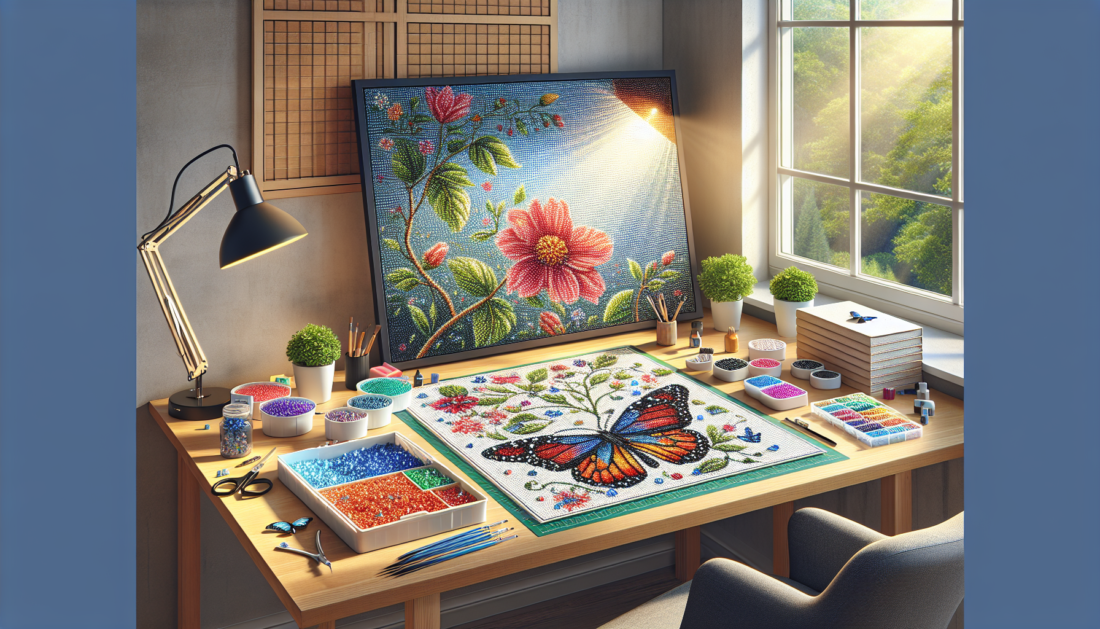In the realm of art, the portrayal of fairies has transcended time, evolving alongside the shifting landscapes of culture, mythology, and imagination. From ancient folklore to contemporary fantasy realms, the imagery of fairies has captivated artists and audiences alike, leaving an indelible mark on the artistic landscape.

Ancient Origins: Fairies in Mythology
Ancient mythologies of various cultures provide the earliest glimpses into the world of fairies. These ethereal beings were often depicted as mystical creatures closely tied to nature, possessing otherworldly beauty and magical abilities. In ancient Greek mythology, nymphs and sprites embodied the essence of nature, while Celtic folklore spoke of the elusive sidhe dwelling in enchanted forests and hills. Artists of antiquity, such as the Renaissance masters, infused their works with these fantastical elements, creating ethereal paintings that celebrated the wonder and mystery of the fairy realm.
Renaissance Revival: Ethereal Depictions in Art
As art progressed through the ages, so too did the depiction of fairies. The Romantic era, with its emphasis on emotion, nature, and the supernatural, saw a resurgence of interest in fairy imagery. Artists like J.M.W. Turner and John William Waterhouse wove tales of enchantment into their paintings, capturing the whimsy and allure of fairy folklore. The Pre-Raphaelite Brotherhood, inspired by medieval themes and symbolism, embraced the fairy motif, often portraying these beings as symbols of feminine beauty and mystique.
Romantic Resurgence: Fairy Imagery in the Age of Emotion
The late 19th and early 20th centuries witnessed a golden age of fairy illustration, thanks in part to the works of artists like Arthur Rackham and Edmund Dulac. Their intricate illustrations brought fairy tales to life, enchanting audiences with their intricate detail and dreamlike quality. Concurrently, the Art Nouveau movement embraced the organic forms and decorative motifs of nature, incorporating fairy imagery into its intricate designs and illustrations.
Golden Age Illustration: Enchanting Fairy Tales
Fast forward to the contemporary era, and fairy imagery continues to thrive in the realm of fantasy art. With advancements in technology and a growing interest in fantasy literature and gaming, artists have expanded the boundaries of fairy depiction, creating worlds filled with fantastical creatures and enchanting landscapes. Artists like Brian Froud and Amy Brown have gained widespread acclaim for their imaginative portrayals of fairies, breathing new life into age-old legends.
Art Nouveau Aesthetic: Nature’s Influence on Fairy Art
One fascinating aspect of the evolution of fairy imagery in art is the role of reproductions of paintings. Companies like 1st Art Gallery have made it possible for art enthusiasts to bring these enchanting works into their own homes, allowing the magic of fairy art to permeate everyday life. Through high-quality reproductions, the beauty and wonder of fairy imagery are preserved and shared with audiences around the world, ensuring that the legacy of these ethereal beings continues to inspire generations to come.
The Role of Reproductions: Bringing Fairy Art into Everyday Life
In conclusion, the evolution of fairy imagery in art is a testament to the enduring power of imagination and creativity. From ancient myths to contemporary fantasies, artists have been captivated by the allure of fairies, weaving tales of enchantment and wonder through their paintings. As the world continues to evolve, one thing remains certain: the magic of fairy art will continue to inspire and delight audiences for centuries to come.




